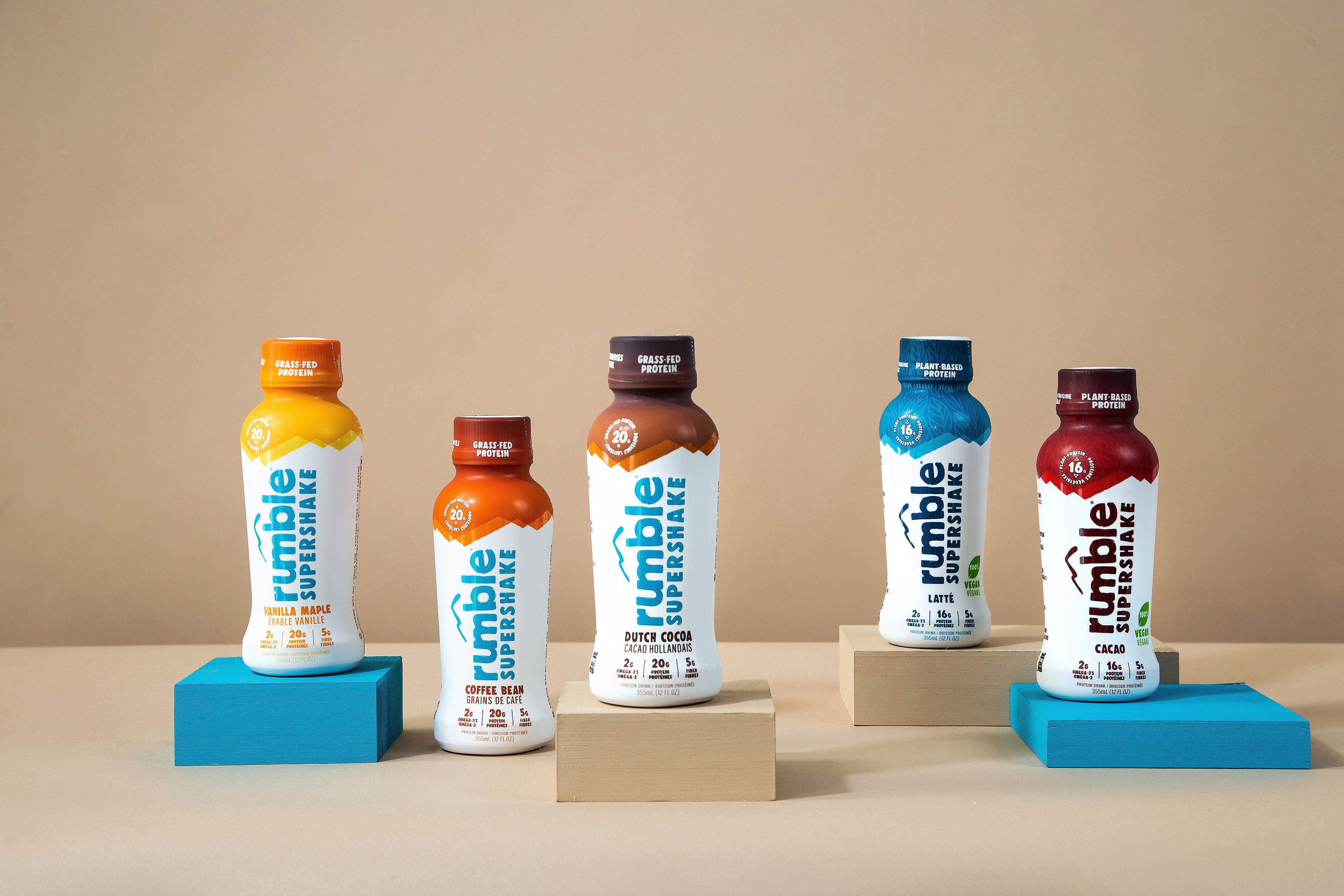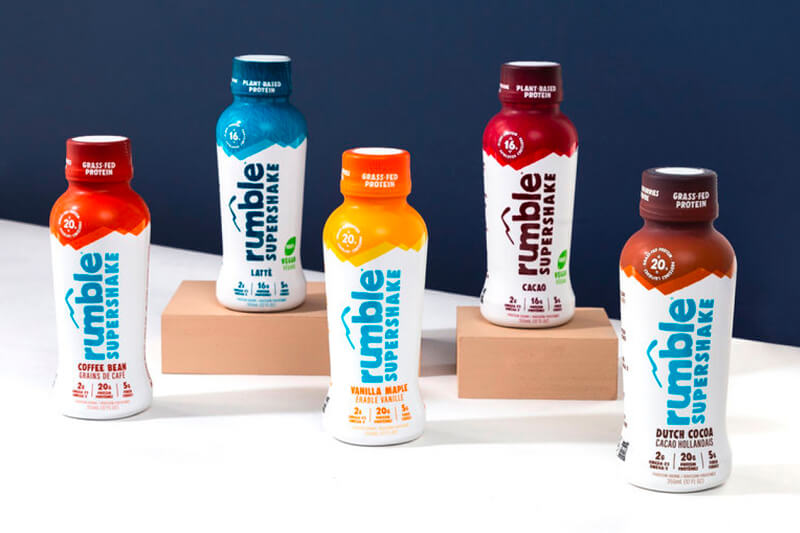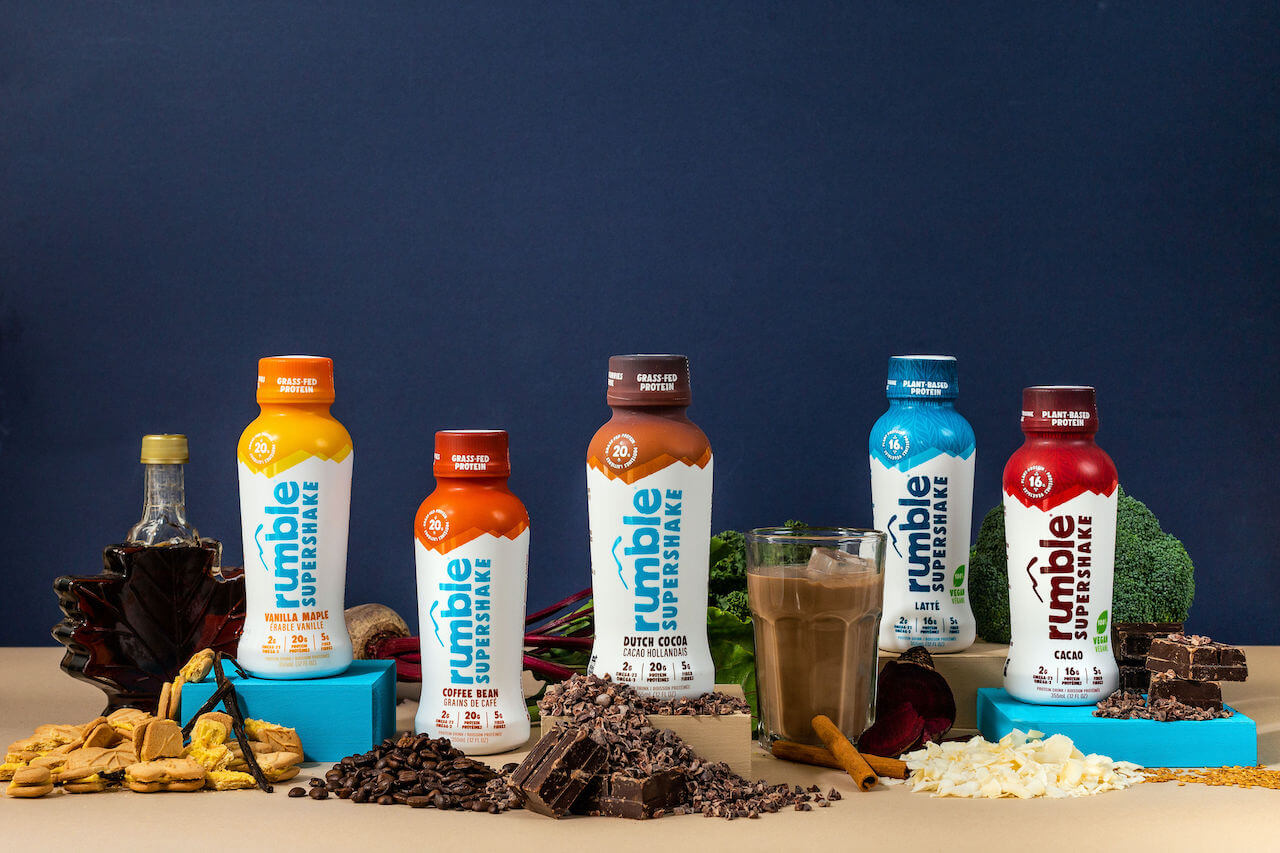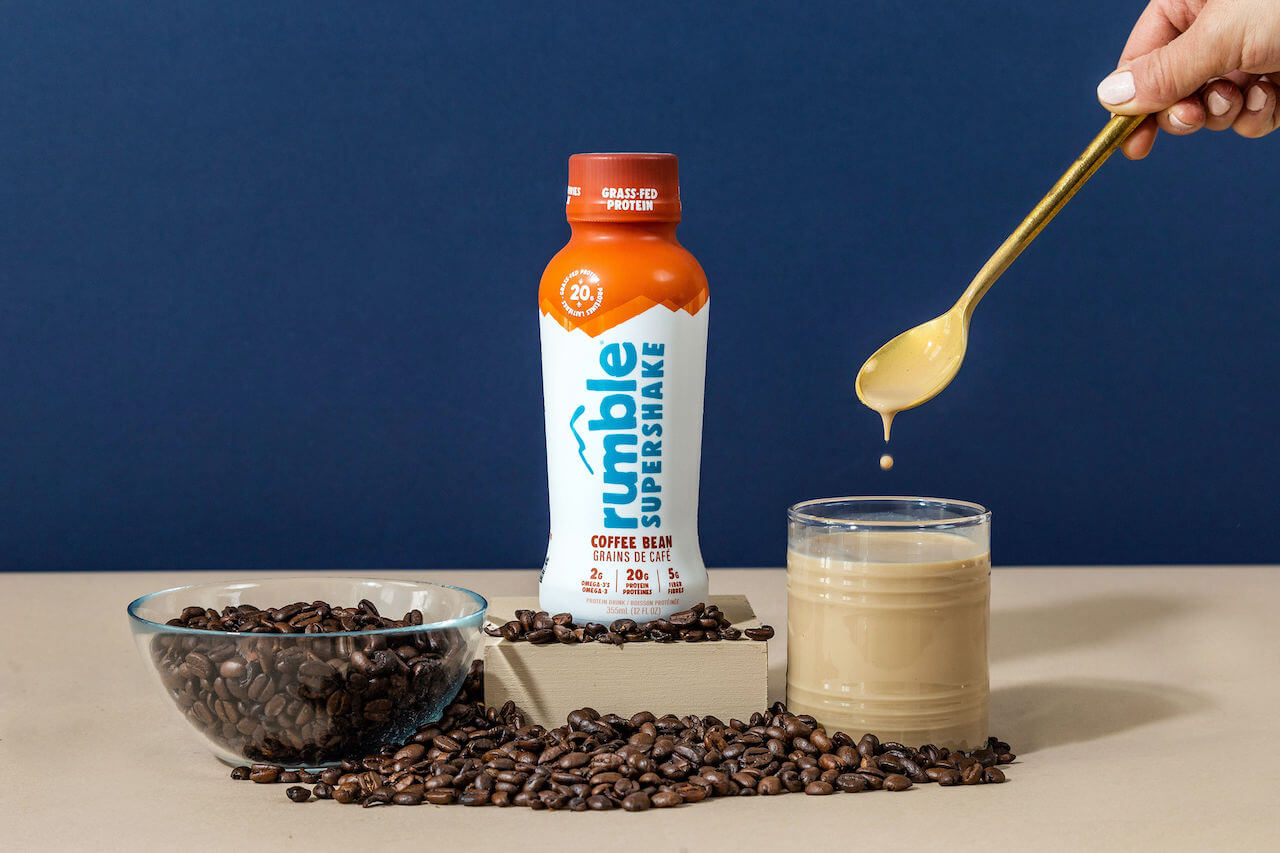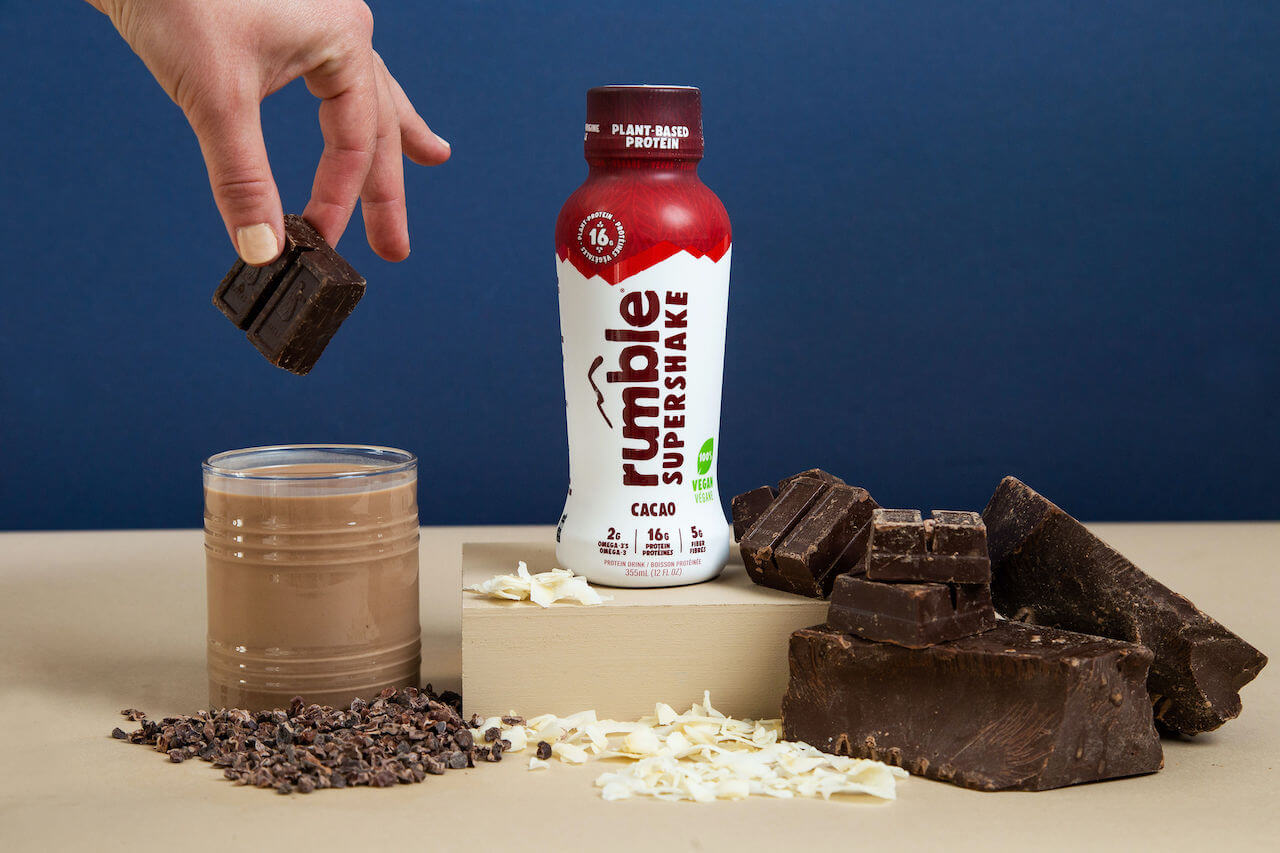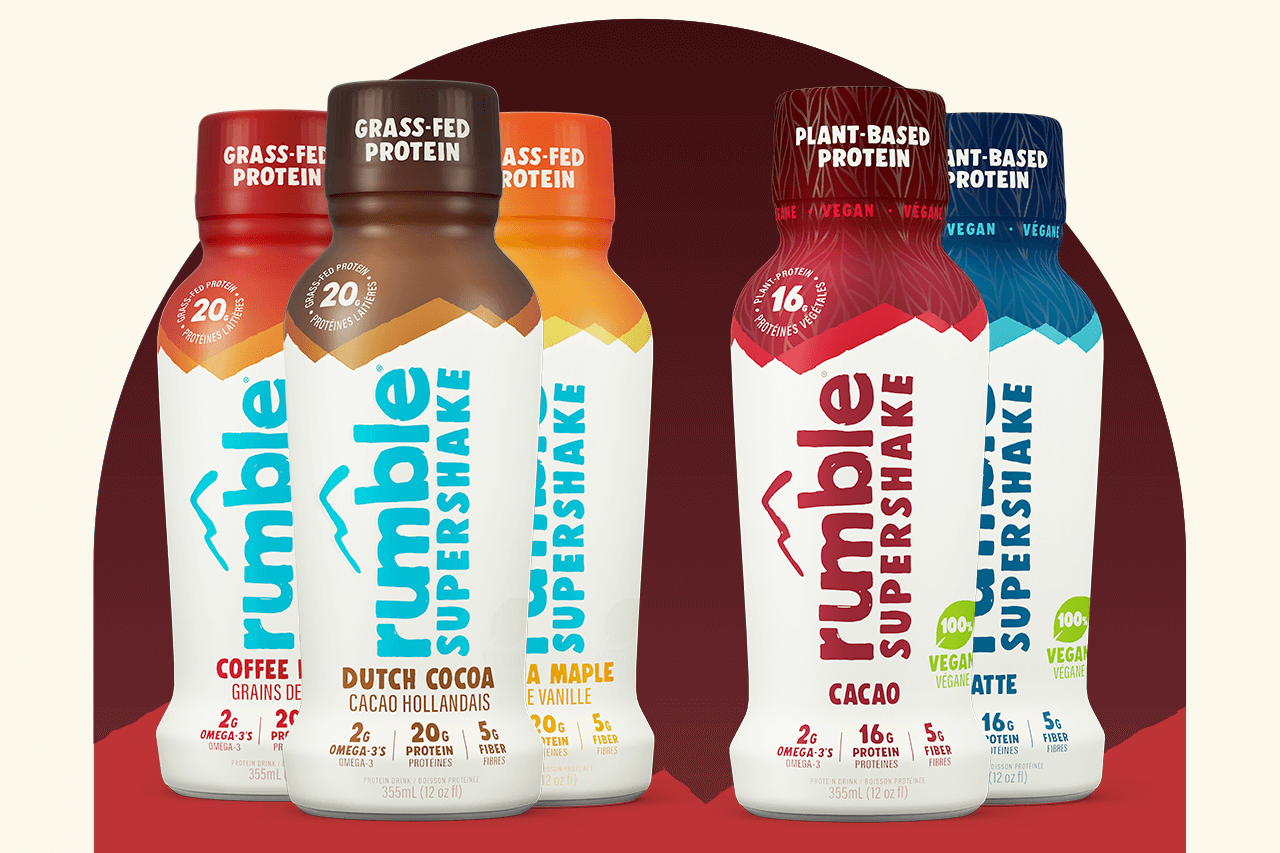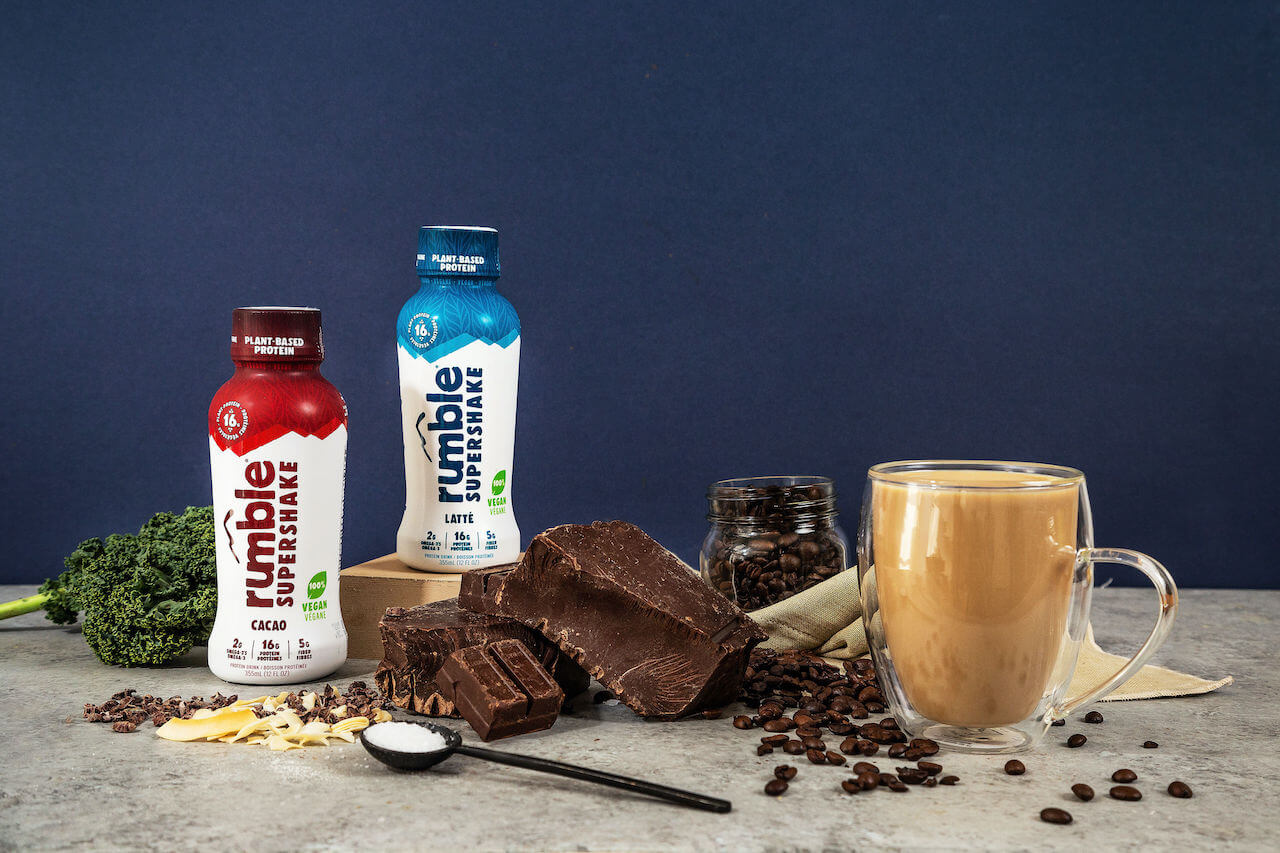35 Tips for Biking to Work Like a Champion

This week is bike-to-work week in Victoria, when thousands of commuters trade their car keys for U-locks and helmets. Biking to work is kind of a no-brainer: by cycling, you’re cutting your carbon footprint, getting exercise, saving money on gas, and enjoying the fresh air and endorphins at the start and end of your work day. A recent study showed what we all suspected to be true: commuter cyclists are actually happier than their driving counterparts. As a cyclist, you’re in control - you can breeze past traffic, choose to take the long route, stop for a coffee, or walk when you feel like it. It’s freeing, it’s fun, and it’s totally worth the sweat.
Rumble is proud to support Bike-to-Work week in Victoria, because our whole team either bikes, walks, one-wheels, or buses year-round to our office in downtown Victoria. Okay, fine - it’s pretty easy to bike when you live in a sunny, small, and more-or-less snow-free city like we do. But with the right gear, preparation, and attitude, anyone can start biking to work! You don’t need to be an extreme cyclist, even if you’ve got some intimidating hills between you and the office.
If you’re thinking of tackling your commute by bike, or if you already cycle but are interested in upping your game, here are 35 tips to turn you into a bike-to-work champion (spandex not required).
Picking a Route
A good route makes all the difference between a dangerous, stressful ride and a relaxing or invigorating one. Often, the most direct route (or the one you’re used to driving) isn’t actually the best for cycling, so it’s worth taking the time to figure out which route will work best for you.
Bike lanes make cycling safer and more enjoyable, but not all bike lanes are created equal.
- Shared used roads: these have no bike markings, so you’re sharing space with cars (i.e. your typical road).
- “Sharrows”: these are roads marked with arrows for bikes in the middle of shared lanes. The arrows tell bikes they’re free to ‘take the lane’ if needed, and they remind drivers to give space to bikes.
- Designated bike lanes: these are road lanes marked with white painted lines, or sometimes they’re fully painted green. Drivers are not permitted to drive in the lanes or park there, but they can cut through them to turn, so you need to be alert when using these.
- Buffered bike lanes: these are painted lanes as above, but with extra-thick painted dividers, providing more space between cars and bikes than single painted line. Cars can’t drive in these lanes, but they can cut across them to turn.
- Protected bike lanes: these can be painted lanes with added barriers, such as poles or planters, or they can be lanes separated from the road by curbs or parked cars. They provide a physical barrier between moving vehicles and bikes (although you still have to be careful at intersections, when cars cut across to turn).
- Bike paths/trails: these are paths completely separated from road. They either run parallel to roads (often beside a sidewalk) or follow their own routes through urban and rural areas, as a paved, chip, or gravel trails.
It can be worth it (and more relaxing) to take a longer route with safer bike lanes, flatter roads, or scenic side streets. So try a few routes, not just the most direct ones.

Have the right set-up
Get a proper bike fitting at a bike shop, to ensure your seat and handlebar height are adjusted correctly, and make sure the bike is tuned up and operating smoothly.
British Columbia transportation laws require cyclists to have the following lights when riding a half-hour or earlier before sunrise and half-hour or later after sunset:
- A white front light visible 150m ahead
- A red reflector
- A red rear light
To dissuade light thieves, look for removable lights that you can pack with you when you lock your bike.
Helmets are required for all riders in BC (with a few exceptions for medical or religious reasons). Even if helmets aren’t required where you live, it’s always a good idea to wear one. Why risk it?
If the hills between you and work really intimidate you (or you’d just rather not show up to work sweaty), try an electric-assist bike to get you through the tough parts of your ride. (But remember that e-bikes are illegal in BC for kids and teens under the age of 16).
U-locks are much harder to foil than chain locks. Lock it through the frame and rear wheel (the most expensive of the two wheels), and always try to lock your bike in a high-traffic area.
Know the rules
Under transportation laws, cyclists have the same rights and duties as the driver of a vehicle - so act like one! Obey the rules of the road.
BC restricts cyclists on many bridges and highways, so find out in advance where you’re allowed to cycle on your chosen route.
Get off your bike and walk if you need to use a sidewalk or pedestrian crosswalk (pedestrians and drivers will thank you).
This is actually a law when sharing the road with cars! So save the side-by-side chatter with your cycling pals until you hit a bike trail or stop for coffee.
No showing off, folks. The government says so.

Be predictable
Bicyclists get a bad rap because so many of us ignore the rules of the road or ride where and how we like, confounding drivers. Set a good example and stay safe by communicating with the drivers, cyclists, and pedestrians around you. They should be able to anticipate your movements, the way you try to anticipate theirs.
- Left turn signal: left arm straight out
- Right turn signal: left arm up at right angle or right arm straight out
- Stop or slow signal: left arm down at right angle

Don’t swerve in and out of parked cars to hug the curb. Ride in a straight direction so you’re always visible to drivers, even if it means riding further out into the road to avoid parked cars.
Stay Alert
Assume car doors will open, keep distance, watch for movement
Look for eye-contact from drivers to ensure they see you when riding in front of them or turning.
Shared lanes can be narrow, busy, slow, or just plain sketchy. To stay safe, don’t be afraid to take charge of your lane by riding out into the middle of it when needed.
Be careful around large vehicles like trucks - they have big blind spots, and tires perfect for squishing you.
Bike safety on busy roads all about anticipation - you want to know what’s coming, who’s moving where, and keep an eye out for hazards.
It’s a little hard to stay alert and hear what’s happening around you when you’re blasting ‘Big Poppa’.
Upgrade your gear
You don’t have to go full-spandex, but consider getting some commuter gear - jackets and pants designed to withstand the weather on a bike (while remaining breathable). You’ll be drier and happier for it if you bike regularly. Outerwear designed for bicyclists also often comes equipped with built-in reflectors for added safety.
Look into different cargo solutions, like pannier side-carriers instead of a backpack for a more comfortable ride.
Kill it on your Commute
If you’ve hit an unsafe intersection or a hill has kicked your butt, just get off and walk! No guilt required.
If your route is long or strenuous, or the weather is nasty, bring your work outfit along with you. No one likes a sweaty or soaked meeting.
Make it a goal to ride to work one day a week, then add on days as you get comfortable. Or aim to ride whenever the weather is great. You decide when you want to ride - there’s no commitment here.
Try the daycare or school drop-off on bike, too - it’s extra time to get some fresh air together and bond. You’re also setting an example that travelling by bike doesn’t have to just be a weekend activity!
Fuel up for the ride home with a Rumble Supershake! Either keep your office stocked, or pop by our booths at Oak Bay Village and Capital Park this week for a drink. We’ll be sampling Rumble and cheering on Victoria’s Bike-to-Work heroes!
By biking, you’re saving money, getting outside, lowering your carbon footprint, and taking control of your commute. Give a nod, smile, high-five or hello to your fellow riders, you champion.



